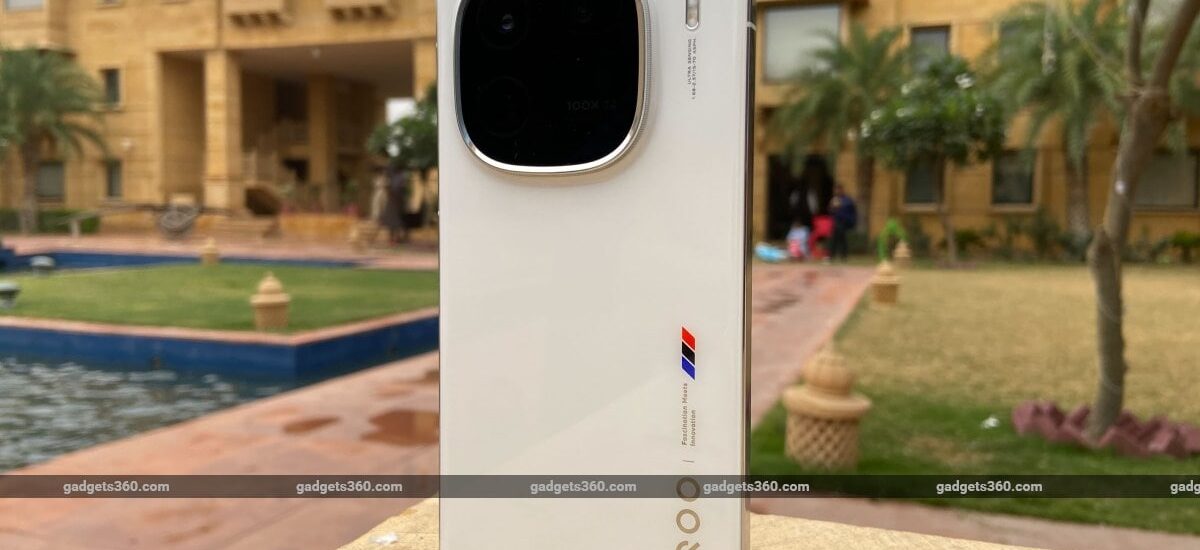
On the rear panel, iQoo has equipped the handset with a triple rear camera setup that is housed in a squircle-shaped camera island that the company says is inspired by a submarine porthole. The glass on the camera module protrudes slightly, the metal edge has small ridges. When you place the phone on a flat surface, it is mostly stable, even though the camera island is aligned to one side.
This year, the iQoo 12 comes with some notable upgrades over its predecessor, the iQoo 11 5G. The handset is equipped with a 1/1.3-inch OmniVision OV50H sensor. It also has a 50-megapixel ultra-wide-angle camera with a 120-degree field-of-view; along with a 64-megapixel periscope telephoto camera with 3x optical zoom, 100x hybrid zoom.
The company has equipped the iQoo 12 with the 4nm Snapdragon 8 Gen 3 chip that is paired with up to 16GB of LPDDR5X RAM and up to 256GB of inbuilt storage. The phone is equipped with a 5,000mAh battery and ships with a charger in the box.

iQoo 12 is equipped with a 50-megapixel triple rear camera setup
The handset comes with a transparent TPU cover in the box, which appears to provide adequate protection with raised edges, including the screen and cameras. It also comes with a large charging brick and a USB Type-C to Type-C cable that can charge the phone at 120W. You have to toggle a setting to allow the phone to charge at 120W, and it gets a little warm when you’re performing a full charge.
In the time that I’ve spent with the iQoo 12 so far, the phone feels easy to use while packing a lot of high-end specifications. The handset will face competition from many flagship smartphone makers in the coming weeks and its relatively lower price point is likely to help the company offer better value for the specifications on offer. iQoo has touted the performance of the smartphone’s processor and its battery efficiency, and we will put these claims to the test in our full review which will be out on Gadgets 360 soon.

